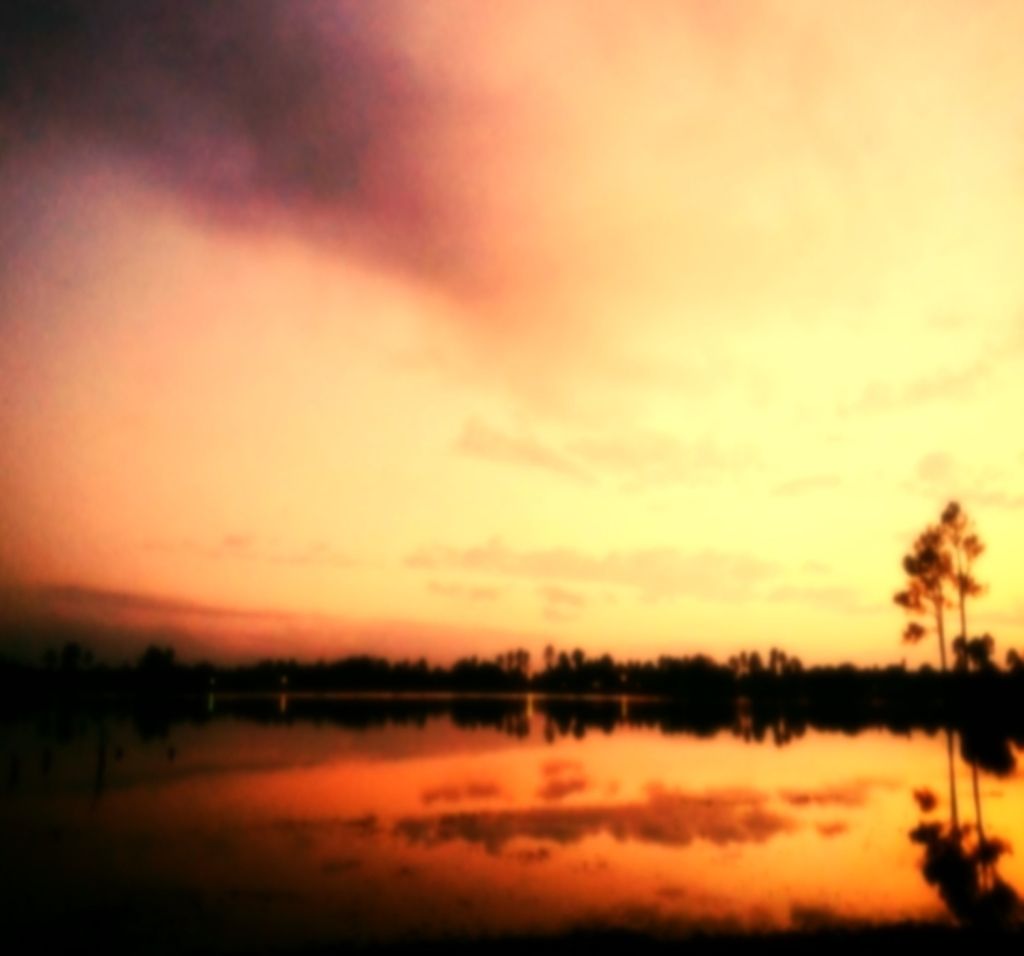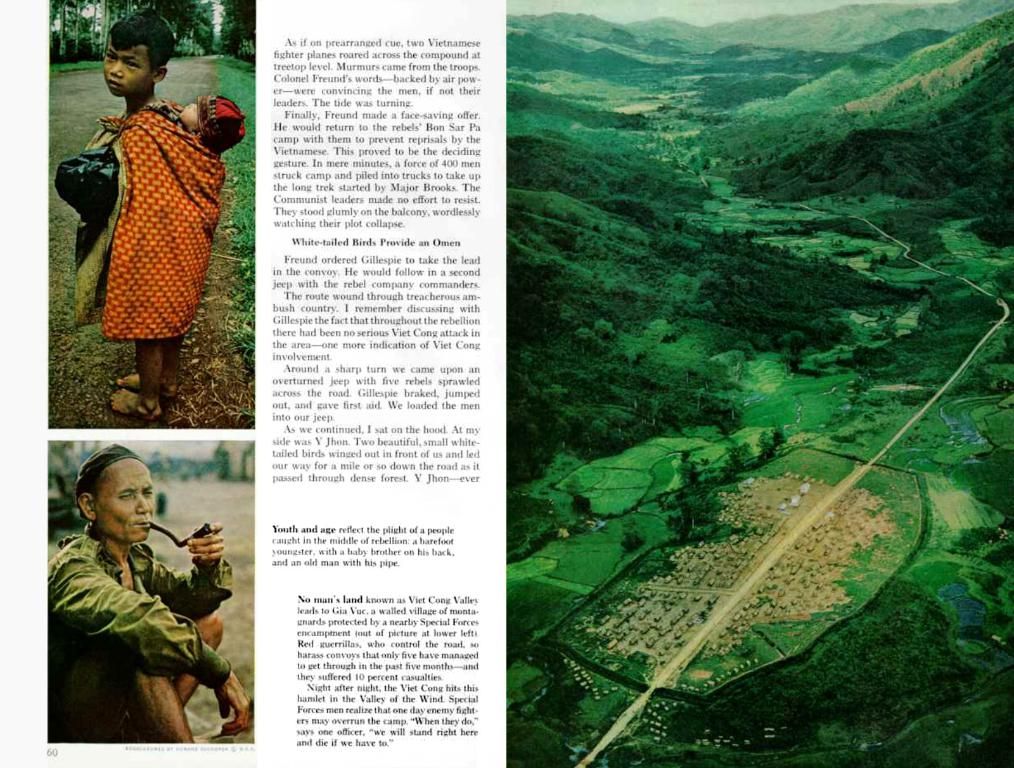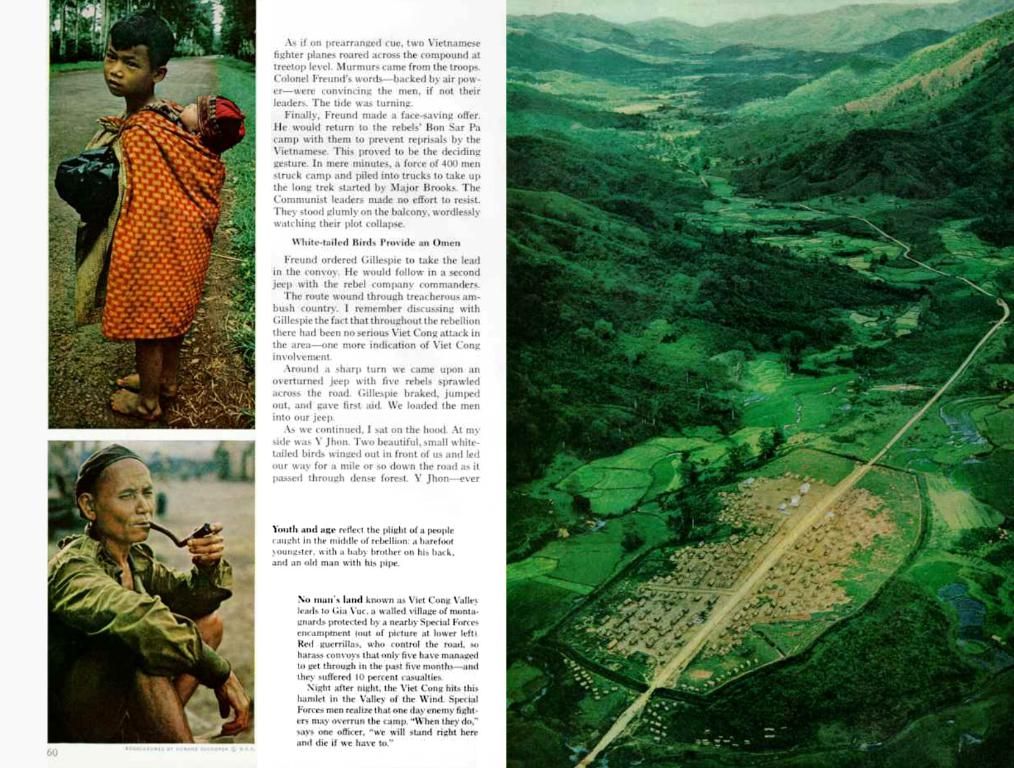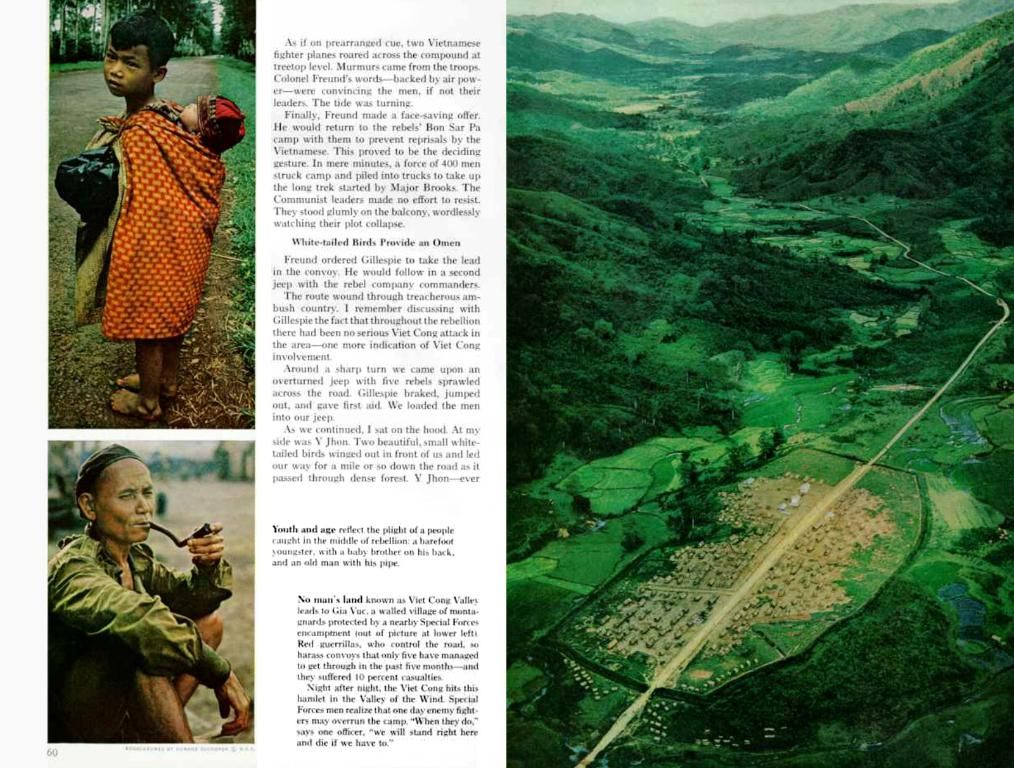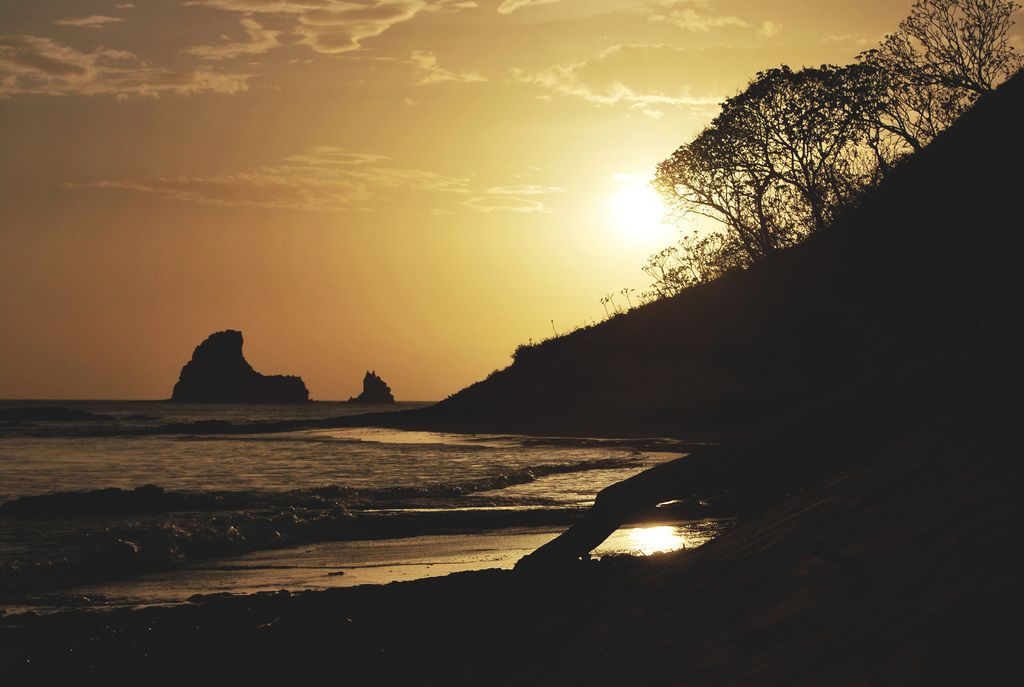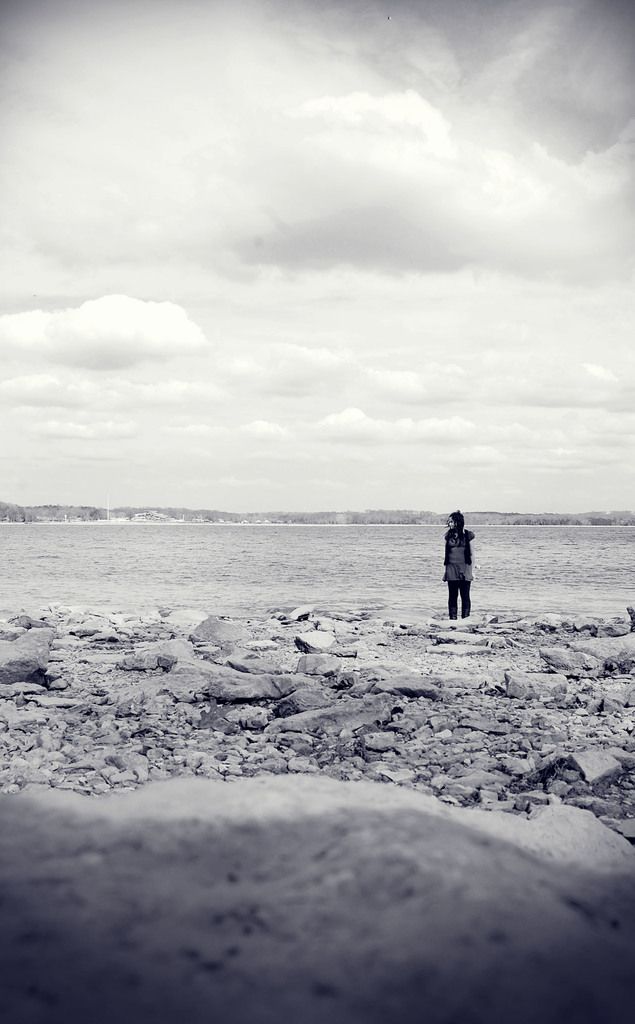Affordable Astral Imaging: Essential Equipment and Techniques for Starter Photographers
Dive into the magical world of astrophotography without breaking the bank! It's an awe-inspiring journey that lets you freeze the cosmos' secrets, revealing otherwise invisible wonders. No need for high-end gear or hefty investments. With the right guidance and some clever choices, you can create stunning night sky images without emptying your wallet!
This guide caters to beginners, offering insights on what you truly need to start, camera options, budget-friendly lens recommendations, essential accessories, and cheap or free software for editing. Let's explore how to get started!
Here's a sneak peek:
- Understanding the bare essentials to get started
- Affordable camera options for astrophotography beginners
- Budget-friendly lens suggestions
- Budget accessories for stargazing success
- Free or low-cost software for editing your masterpieces
- Techniques to maximize results with minimal gear investment
Remember: An entry-level camera and a sturdy tripod are all you need to start capturing the night sky's beauty. Dedicated astronomy cameras and telescopes are for advanced enthusiasts. Focus on mastering techniques like long exposures, manual focus, and stacking before upgrading your gear.
Camera Options for Stargazing on a Budget:When choosing a camera for astrophotography on a budget, aim for one that performs well in low light, offers manual control, and allows RAW format shooting. Entry-level DSLRs like the Canon EOS Rebel T7i or Nikon D5600, alongside mirrorless alternatives such as the Sony a6000 or a6100, deliver excellent performance at affordable prices.
To save even more, explore buying used from renowned platforms like MPB. These platforms ensure quality and safety while providing a cost-effective way to acquire pre-owned equipment.
Budget-Friendly Lens Recommendations:Invest in a wide-angle lens with a fast aperture (around f/2.8 or lower) for capturing the Milky Way and star trails. Options like the Rokinon 14mm f/2.8 and the Sigma 16mm f/1.4 are fantastic for crop-sensor users. For Canon crop-sensor shooters, the Canon 24mm f/2.8 STM lens is a compact yet powerful choice. Nikon users might consider the 35mm f/1.8 DX lens, offering excellent performance in the night sky.
Don't forget bargain-hunting options on platforms like MPB for these lenses!
Additional Affordable Accessories:Invest in a sturdy tripod for complete stability during long exposures and opt for a remote shutter or intervalometer to help you trigger the camera without touching it, reducing potential vibrations. A lens warmer or hand warmer for cold or humid conditions can also come in handy to prevent fogging or dew buildup.
Free or Cheap Software for Editing Astrophotography Images:Use free programs like DeepSkyStacker (Windows) and Sequator (also for Windows) for stacking multiple images to reduce noise and increase detail. For RAW editing and touch-ups, try open-source editors like RawTherapee or Darktable. Adobe's Lightroom and Photoshop remain standards for astrophotography editing, with free trials and discounted plans for students and teachers available.
Shooting Techniques to Maximize Results with Minimal Gear:Learn the 500 Rule: divide 500 by your focal length (adjusted for the crop factor) to determine the maximum exposure time before stars start to trail. Shoot in manual mode, focus manually using live view at maximum magnification, and utilize post-processing to refine images. Be open to experimenting during your astrophotography journey!
Free Tools and Resources for Planning Your Shots:Free tools like Stellarium, PhotoPills, and Clear Outside make planning an enjoyable and straightforward process. Light pollution maps, such as Dark Site Finder and Light Pollution Map, help you find dark sky locations, improving your chances of capturing stunning night sky images.
Final Thoughts:Don't let the misconception of expensive equipment deter you from diving into the captivating world of astrophotography. Start shooting with what you have, master techniques, learn from your mistakes, and let the stars guide your path. A starter's setup and these techniques will help you capture breathtaking images of the night sky without breaking the bank!
Our articles occasionally include affiliate links and sponsored content, but don't worry - purchasing items supports us at no extra cost to you, and we only endorse products we truly believe in!
Additional Learning Resources:* Astrophotography Tips: How to Get Clear, Sharp Pinpoint Stars* Composition Techniques to Elevate Your Astrophotography Game
Featured Image by Steve3283 via Shutterstock
- To achieve stunning astrophotography images without draining your wallet, consider investing in budget-friendly gadgets like the Canon EOS Rebel T7i or Nikon D5600 for cameras, and lenses such as the Rokinon 14mm f/2.8 or Canon 24mm f/2.8 STM for capturing the Milky Way and star trails.
- A well-rounded astrophotography setup can also include technology like a sturdy tripod, remote shutter or intervalometer, and free or low-cost software for editing. Examples of software include DeepSkyStacker, Sequator, RawTherapee, Darktable, and Adobe's Lightroom (with student discounts available).

